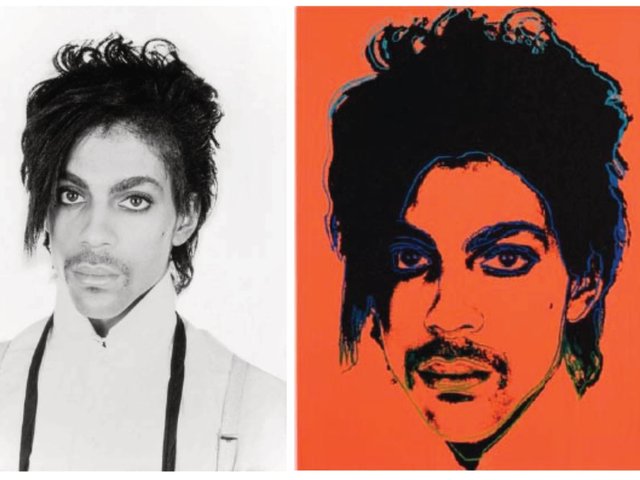London
The relationship between “documentation” and “performance” is slippery in performance art. The document, be it a film or photograph, has often come to assume the role of quasi-artwork in its own right—selling years later for significant prices.
Many artists from the 1960s onwards have been stringent in controlling the documentation of their performances so that the performance’s mediation through documentation has inextricably become part of the “work” even though the nature of the work-document relationship often remains ambiguous.
The trial between the estate of Joseph Beuys and the Museum Schloss Moyland (p13) illustrates from a legal and an ethical perspective the complications of this entanglement and the difficulties of separating the “document” from the “work”.
While the precise legal basis of the court’s decision against the museum is unclear, it undoubtedly reflects the generous protection afforded to artistic works under German copyright law. It is important to grasp that had this case been brought in England or US jurisdictions, which notoriously offer limited protection to performance artists, the outcome would almost certainly have been different. If the claim had been brought under UK copyright law, the Beuys estate would have had to demonstrate primarily that Beuys’ performance was protected as an original “dramatic work” (as performances are not protected as “artistic works” under UK copyright law, unlike in Germany), which had been both recorded and infringed through photographic reproduction. It is highly unlikely that an English court would have upheld this claim, not least because it is difficult to both protect and also infringe “dramatic works”, which are typically recorded on film or by choreographic notation, through disparate photographic images.
Aside from illustrating some of the glaring differences between jurisdictions when approaching copyright protection and infringement, the trial illustrates, perhaps more significantly, the problem of balancing an artist’s rights of authorship (as inherited by their estate) against the freedom of expression of museum curators and other creators; in this case, photographers.
The museum sees the restriction imposed by the Beuys estate as fettering its right to exhibit its own collection. This is an understandable and legitimate concern. If Manfred Tischer was alive today, his right to free expression would also have arguably been constrained by the court’s decision. The German court’s decision potentially breaches the museum curators’ right to freedom of expression as guaranteed under Article 10 of the European Convention On Human Rights and also under Article 5 of German Basic Law.
Yet it is important also to grasp the original intention of the artist and the problems caused to the public perception when works are exhibited that they have not authorised.
It is to prevent this harm that moral rights of authorship exist under the Berne Convention as enshrined under different national laws to protect authors.
The artist Tino Sehgal’s refusal to allow any documentation of his performative “constructed situations” is perhaps, an extreme example of control, but illustrates what can be at stake for an artist with regard to documentation and the importance of respecting this.
While the legal foundation of the Beuys estate’s right to trump the museum’s right to exhibit Tischer’s photographs seems distinctively problematic through the eyes of an English lawyer, there clearly are situations where, irrespective of its legal position, a museum has strong ethical reasons for obtaining the prior consent of an artist in presenting documentation of performance works.
This situation, however, is complicated when it is the artist’s estate rather than the artist who is involved, as the artist’s original intentions seem even more remote and conjectural—this is what makes this trial even more controversial.
Yet even with artists’ estates prior consultation is often advisable. When Marina Abramovic wished to re-enact and interpret famous performances by other artists at the Guggenheim, New York, in 2005, she contacted all the artists or their estates—including Eva Beuys—and only performed those works for which permission had first been granted.
While applying to the re-enactment of historical performances and not to their documentation, Abramovic’s sensitivity to the conditions of performance art might nevertheless have been welcomed in the Beuys case. Daniel McClean
The writer is a consultant to London-based law firm Finers Stephens Innocent.
Originally appeared in The Art Newspaper as 'Artist’s copyright versus curator’s freedom of expression'


